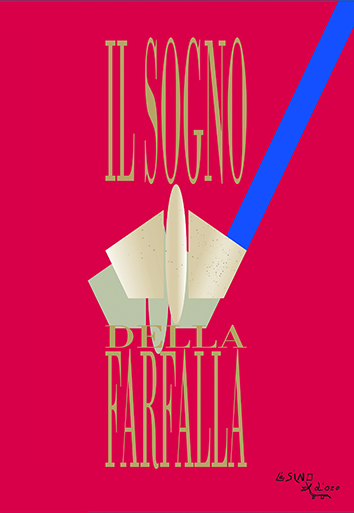The grandiose illness. Reflections on the paranoic process
Abstract
The article offers a number of reflections on paranoia, a concept which has disappeared from current nosography, but fundamental in classic psychopathology in that it allows us to study the passage from ordinary thinking to delusional thinking. To best understand the non-conscious dynamics of this passage, the authors take as their starting point M. Fagioli’s distinction between “thinking” and “believing” and re-examine on the one hand the scientific literature available, on the other they consider a number of exemplary works of fiction, with the aim of demonstrating that at the basis of delusional thinking there is a false belief that annuls the irrational dimension. The psychopathology of paranoia can reveal itself to be much more widespread than thought, in that a person can succeed in containing it under a mask of normality. At times it is not possible to detect a delirium with the conscious eye and it must be faced at a nonconscious level. It is fundamental for the therapy to make a differential diagnosis between a paranoic delirium and a paranoid delirium and detect the possible continuity between paranoia and depression. A course of treatment can become effective only when the paranoic discovers a dimension of affects as in depression. Lastly the authors analyze the link between paranoia and rebellion, utilizing the concepts of “negation” and “rejection”, “deformation” and “transformation”. What becomes evident, for example, through their research into Dostoevsky’s death instinct is the extent to which nihilism is based on negation, and intent on destroying oneself and others, whereas only a revolt which is based on a refusal can lead to a transformation.


